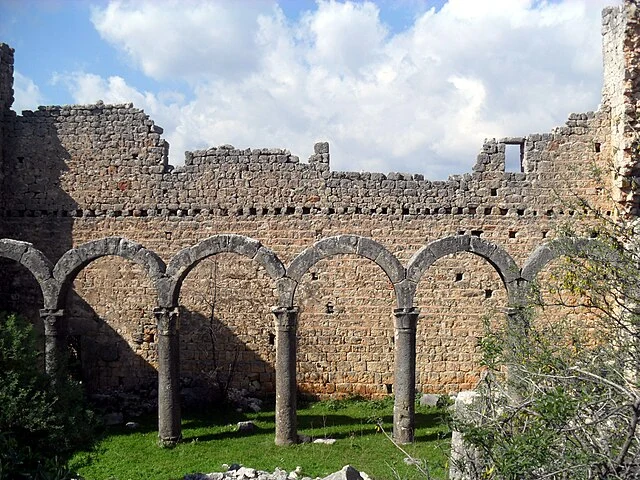Emirzeli is an ancient site in southern Turkey, located within the region of Cilicia, near the modern town of Ayaş. The site holds significant archaeological value due to its well-preserved ruins, which provide insight into the region’s history and cultural developments from the Hellenistic period through the Byzantine era.
Get your dose of History via Email
Historical Background
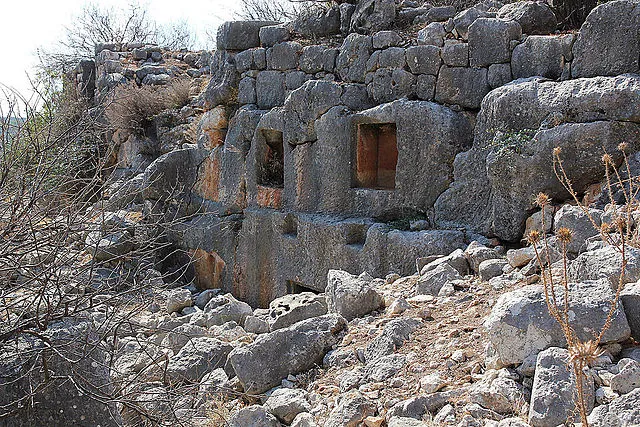
The region of Cilicia was of strategic importance due to its position along the Mediterranean coast, serving as a crossroads for various civilizations. During the Hellenistic period, following the conquests of Alexander the Great, Cilicia came under the influence of the Seleucid Empire. Later, the region was absorbed into the Roman Empire in the 1st century BC, leading to significant urban and architectural development.
Architectural Features
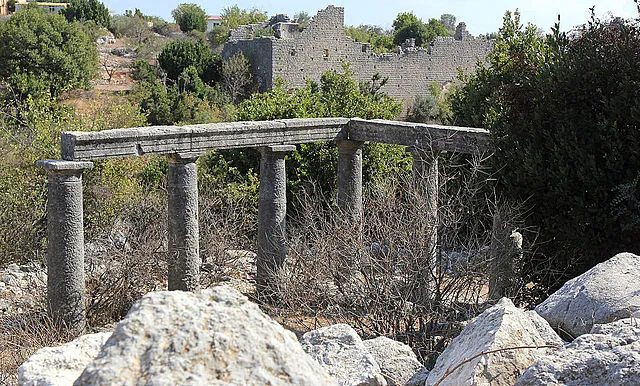
The ruins at Emirzeli include a variety of structures that reflect the architectural styles and techniques of different periods. Among the most notable are the remains of a temple, a basilica, and several residential buildings. The temple, likely dating back to the Roman period, showcases classical architectural elements such as columns and a pediment. The basilica, a key feature of the site, reflects the transition to the Byzantine period, with its three-aisled layout typical of early Christian church architecture.
The site also contains numerous rock-cut tombs, indicating the presence of a sizable population during its peak. These tombs, carved into the limestone cliffs surrounding the site, are similar in style to those found in other parts of Cilicia, suggesting a shared cultural and artistic tradition.
Archaeological Significance
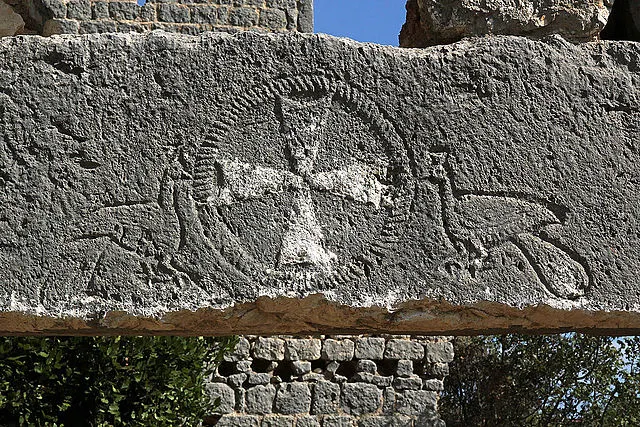
Emirzeli offers valuable insights into the urban planning and architectural practices of the region during the Roman and Byzantine periods. The site’s strategic location also provides evidence of the region’s role in trade and military activities. Excavations at Emirzeli have uncovered a variety of artifacts, including pottery, inscriptions, and coins, which help to date the site and understand the daily lives of its inhabitants.
Preservation and Access
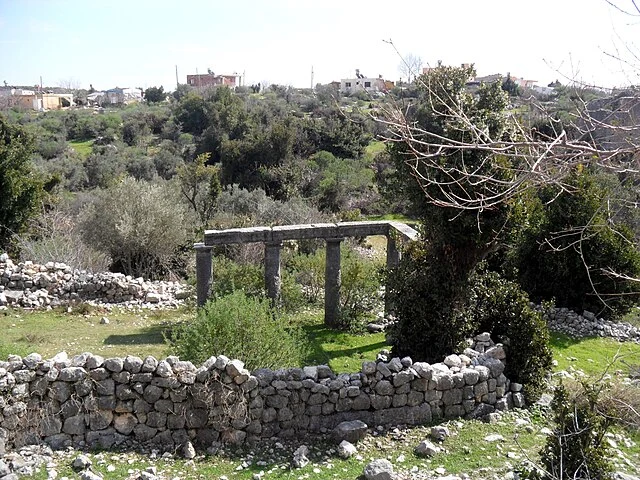
Emirzeli, like many ancient sites in Turkey, faces challenges related to preservation. The site is exposed to natural elements, and some structures have suffered from weathering and erosion. However, efforts are ongoing to protect and study the site, with archaeologists continuing to uncover new information about its history and significance.
The site is accessible to visitors, offering a glimpse into the region’s rich past. However, due to its remote location and the delicate nature of the ruins, it is recommended that visitors approach with care, respecting the site’s historical importance.
Conclusion
Emirzeli is a testament to the rich cultural and historical legacy of Cilicia. Its ruins offer a window into the architectural and urban developments of the region from the Hellenistic period to the Byzantine era. Continued archaeological work at the site promises to further illuminate the history of this fascinating region.
Source:

